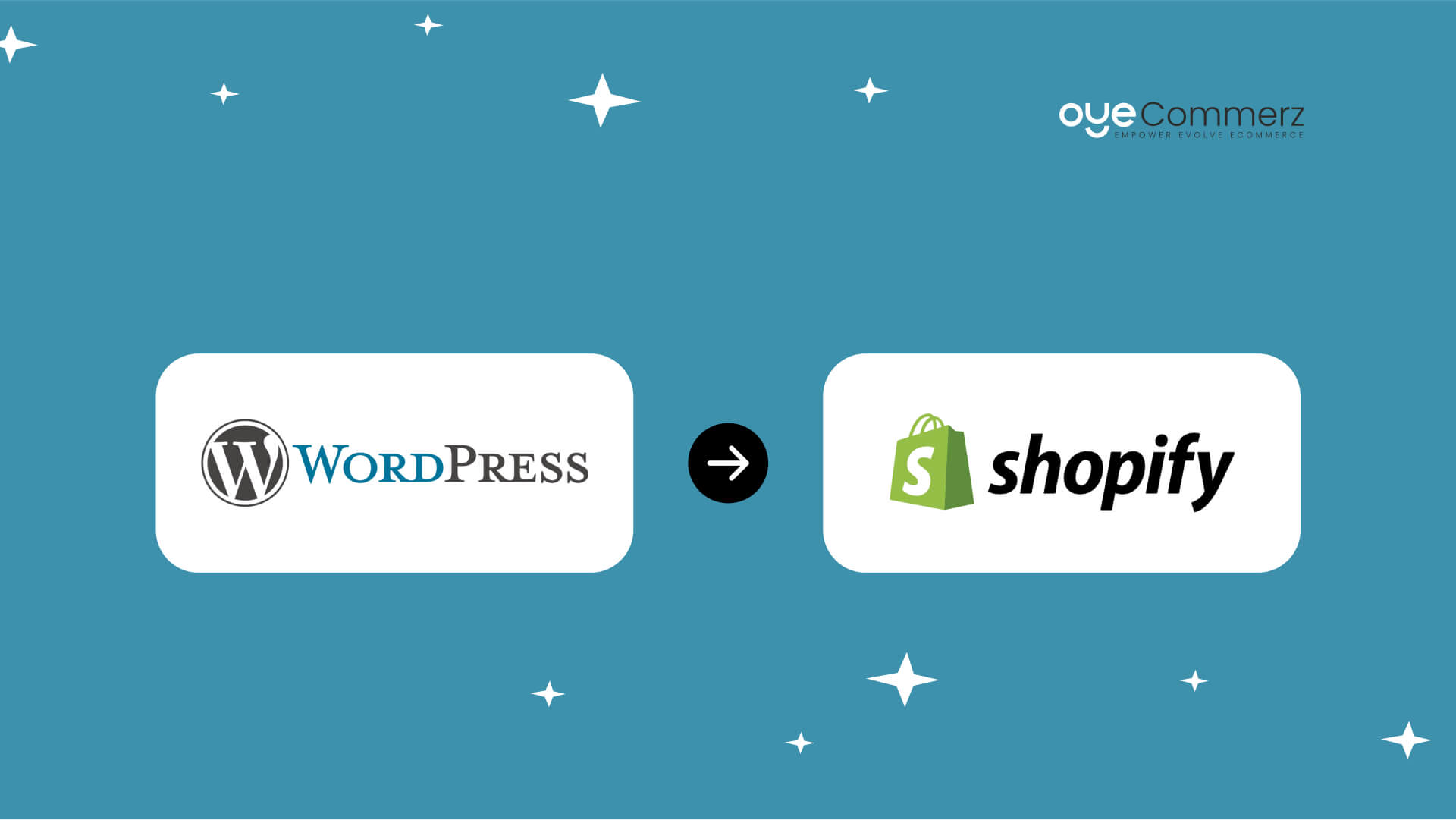An e-commerce platform's success is defined by its scalability, adaptability, and ability to offer seamless experiences to customers.
If you’re planning to migrate from WordPress to Shopify, you’re likely aiming for superior performance, greater functionality, and a more future-proof platform.
This guide outlines the essential steps, strategies, and insights to ensure your migration to Shopify is successful and disruption-free.
Why Consider Moving from WordPress to Shopify?
Although WordPress is highly adaptable, managing e-commerce through plugins can hinder seamless growth.
Shopify caters to businesses of all sizes with robust features, enterprise-grade security, and growth-focused solutions.
Shopify's reach extends to over 4.5 million stores globally in 2024, confirming its leadership in the e-commerce space.
Migrating to Shopify brings advantages such as streamlined order processing, advanced payment features, and better mobile responsiveness.
This is your detailed plan for a successful migration journey.
Step 1: Evaluate Your Online Store's Requirements
Begin with a detailed assessment of your store’s strengths, weaknesses, and goals.
Identify bottlenecks such as sluggish performance or excessive reliance on third-party tools.
With tools like Shopify Payments and flexible themes, Shopify minimizes the need for external plugins.
Step 2: Plan Your Migration Thoroughly
An unorganized migration process may cause disruptions, data mishandling, or extended delays.
Ensure a smooth transition by focusing on key areas like product inventory, customer data, and order history.
Leverage Shopify’s in-built tools and external integrations to handle data migration securely and efficiently.
Step 3: Customize Your Shopify Store
Shopify’s flexible themes allow you to reflect your brand identity seamlessly.
Choose from Shopify’s professionally designed themes or edit them to fit your needs.
Themes such as “Impulse” or “Prestige” deliver visually stunning layouts and powerful features.
If you’re an enterprise business, Shopify Plus customization takes your branding to the next level.
Partner with Oyecommerz to design Shopify Plus themes tailored for high-performing online stores.
Step 4: Safeguard Your Search Engine Optimization
Maintaining your SEO settings is crucial to keeping your website visible in search results.
With Shopify, you can redirect outdated Shopify for WordPress businesses URLs and retain search visibility.
Optimize metadata and link to Google Analytics for seamless SEO tracking on Shopify.
Reports indicate that 70% of websites experience temporary traffic dips post-migration without proper SEO management.
Step 5: Leverage Shopify’s App Ecosystem
Unlock advanced features for your store with Shopify’s rich selection of apps.
Integrate apps such as Klaviyo for targeted email campaigns or Yotpo for showcasing user reviews.
For more complex requirements, Shopify API integration allows seamless connection with third-party tools.
Oyecommerz specializes in creating tailored integrations to meet your business's unique operational needs.
Step 6: Ensure Mobile-Friendliness
Mobile shopping now represents over half of online purchases, emphasizing the need for mobile-friendly design.
Shopify’s responsive themes ensure your store looks great and functions smoothly on mobile.
Simplify the checkout process for mobile users with Shopify’s secure payment tools like Shop Pay.
Focus on streamlined navigation and speed to maximize mobile sales potential.
Step 7: Empower Your Team with Shopify Training
While Shopify’s interface is user-friendly, training your team ensures a smoother transition.
Ensure your team knows how to handle inventory, Shopify for faster e-commerce performance process orders, and analyze reports.
Well-trained staff can make the most of Shopify’s features, improving overall store efficiency.
Step 8: Test Your Store Before Launch
Before going live, perform comprehensive testing to identify and fix any issues.
Verify that product information, inventory, and navigation links are error-free.
Test your payment systems and confirm the checkout process works seamlessly across platforms.
A well-tested store provides users with a flawless shopping experience from the start.
Step 9: Launch with a Marketing Push
A successful migration is a great opportunity to engage and excite your audience.
Send personalized emails and post updates on social media to announce your improved store.
Highlight benefits such as better performance and enhanced security to boost customer confidence.
Conclusion: Empower Your Business with Shopify
Migrating from WordPress to Shopify is more than a technical change—it’s a transformative step for your business.
From scalability to intuitive tools, Shopify equips your store to thrive in competitive markets.
Whether you’re a startup seeking simplicity or an enterprise requiring advanced capabilities, Shopify delivers.
Partnering with Oyecommerz ensures a smooth migration with minimal disruption to your operations.
Our Shopify migration services help unlock your store’s full potential while ensuring a hassle-free experience.
Ready to elevate your e-commerce strategy with Shopify? Let’s discuss your journey to success.
